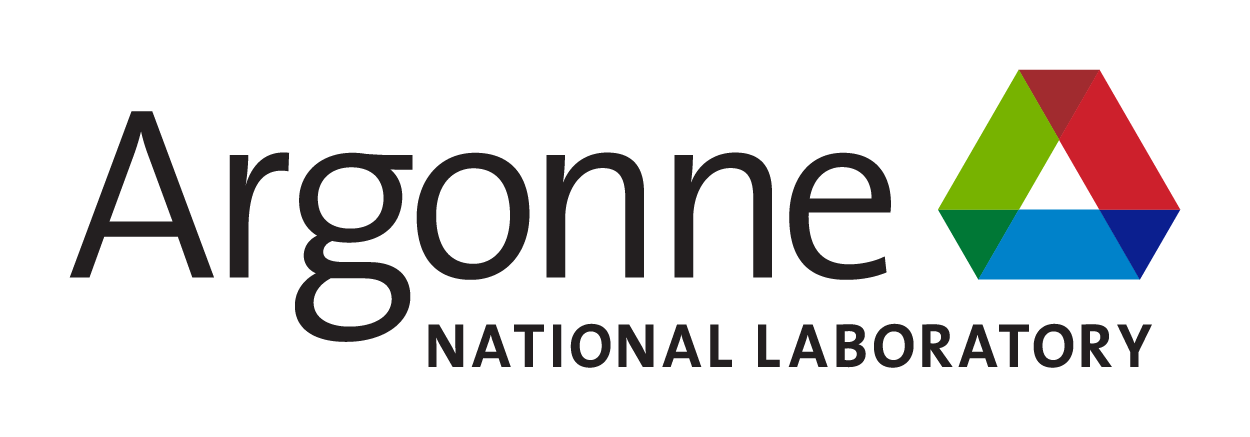Part 2 of 2 Parts (Please read Part 1)
Computer models of flow processes in nuclear power reactors can only accomplish so much in illuminating such processes. In order to find out how accurately computational models match the reality they are simulating; it is necessary to compare the results of the simulations with data from actual experiments on real reactors. This process is referred to as validation.
It can be quite expensive and time consuming to collect experimental data for all the different configurations that are possible in an advanced nuclear reactor. The goal of using computers to model and simulate processes inside nuclear reactors is to be able to improve understanding of such systems without the need for a great deal of experimental data.
Shemon said, “We still can’t fully trust our computational models without experimental data, but we can make use of whatever limited experimental data are available. So, what we have is an iterative process in which designers use our software to do the preliminary analysis, allowing them to narrow down design choices or make improvements to their systems, and validate their final design with more targeted tests.”
Good models not only match experimental data but also add to known data and give the researchers more confidence in their predictions based on the computational models. This is especially important when working with very different reactor designs and fuel types and fuel assemblies. Many different possible new reactor designs have been proposed ranging from sodium-cooled fast reactors to reactors cooled by gas or molten salts. Advanced computational modeling is understood to be the best path that researchers have to assess and compare the capabilities of the different designs.
Usually, it is necessary for computer algorithms to swap information about the rate of heat generation, the range of temperatures and the stresses of the structure of reactors because the neutronic, thermal and structural phenomena all have an influence on each other. Argonne’s computer modeling program has two major goals. The first goal is to develop an understanding of the basic physics of reactors cores, thermal hydraulics, structural mechanics, and fuels and materials modeling tools. The second goal is to create multiphysical analysis capabilities that are capable of capturing the interdependence among all of these fields.
Even in cases where it is not possible for researches to directly validate their models, developing more accurate models that are closer to first principles is a valuable pursuit. Some higher-fidelity models allow researchers to develop a better understanding of quantities for which they had only previously been able to obtain average values. Shemon said, “Previous low-order codes were accurate, but they were, in a sense, blurry. These new high-fidelity codes give us the ability to be much more precise in terms of energy, space and time.”
One important way that high-fidelity model can improve the design and operation of a reactor is by the reduction of uncertainty in the temperature margins or tolerances that are required for safe and efficient reactor operation. In one example, the researchers run models in what are called the best-case scenarios. In these scenarios, fuel elements and their cladding are assumed to be manufactured exactly to their design specifications. Then they run worst-case scenarios where these components vary from their ideal specification. This allows the researchers to take into account uncertainties about tolerances. Ultimately, the ideal and the bad cases are compared which sheds light on how to evaluate safety margins.
Shemon believes that there is a broader and more overarching objective in this and other projects being carried out at Argonne. She said, “We’re trying to enable safer, faster, more economical design through modeling and simulation. Everything we do is geared toward that.”
Nuclear Reactors 721 – Advanced Computer Modeling Of New Reactor Designs At Argonne National Laboratory – Part 2 of 2 Parts

Written by
in
